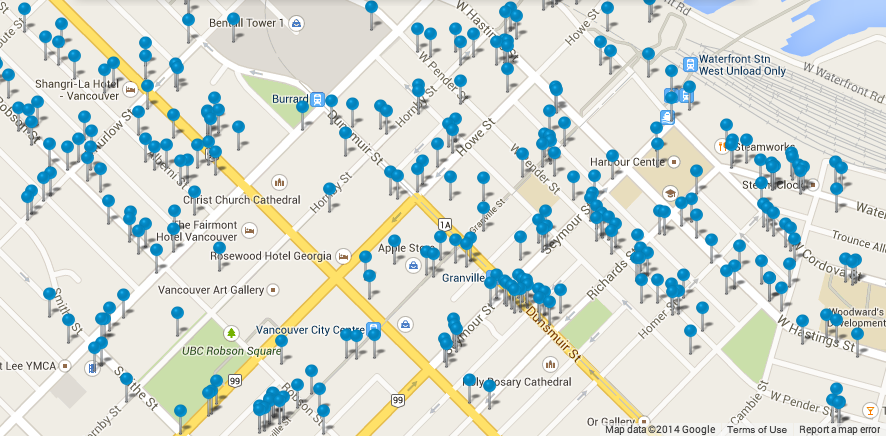My apartment building has an old hard-wired Enterphone intercom to buzz visitors in. This poses a slight annoyance since the dependency of the phone line in conjunction with a conventional corded telephone means I have to walk to the phone in order to answer the intercom. Given the low rate of visitors and the small size of my apartment, in retrospect, this isn’t really a big deal. Most normal people would just buy a cheap cordless phone and call it a day. But that only helps if I’m in the apartment. What if I wanted to be able to buzz Continue Reading
Computers & Technology
Delaying a MacBook Pro’s deep sleep
I bought a new mid-2012 non-Retina MacBook Pro late last year, immediately prior to the line being discontinued (I still think the second-generation MacBook Pros were the best series). After about a week, I found an annoying thing with it: When I turned on the computer after coming back from work, it seemed like it almost always required a cold startup after sleeping, where the optical drive initialized and did its buzz, and took a lengthy 10-15 seconds to wake up from sleep. Also, the computer would wake up (and the optical drive buzzed) even if the MagSafe charger was disconnected. Continue Reading
Basic ‘ZFS on Linux’ setup on CentOS 7
Here is a quick guide to getting a plain ZFS partition working on a Linux machine using the “ZFS on Linux” project. I was playing around on a CentOS 7 virtual machine trying to set it up as a replication target for my home FreeNAS box as a backup. If you are unfamiliar with ZFS, it is a filesystem for a storage environment, having features such as data integrity protection and snapshots; I came across it as it is used in FreeNAS. Here is the procedure I used:
VMware ESXi Scratch Space
If you installed VMware ESXi on a USB stick like I did, the “scratch space” (used for storing logs and debug information) is stored on a RAM disk. This takes up 512MB of memory that could otherwise be provisioned to virtual machines. In addition, it does not persist across reboots, which explains why I was never able to find any logs after a crash. Also I was seeing random “No space left on device” errors when I was trying to run the munin monitoring script for ESXi. The solution to this is to simply create a folder on a disk, and Continue Reading
Wi-Fi everywhere!
Over the past year, more and more ShawOpen Wi-Fi hotspots have been popping up everywhere around Metro Vancouver. This is incredibly useful for Shaw customers (like me) because it’s so easy to find reliable Wi-Fi access anywhere we go. If you’re a Shaw internet customer, you get to save several devices so that they can automatically connect to the network without having to login through the portal. Telus is starting to form their own network as well, under the names #TELUS and #TELUSDirect. The one advantage they have is that for Telus customers, #TELUSDirect is a secured Wi-Fi network, whereas Continue Reading
